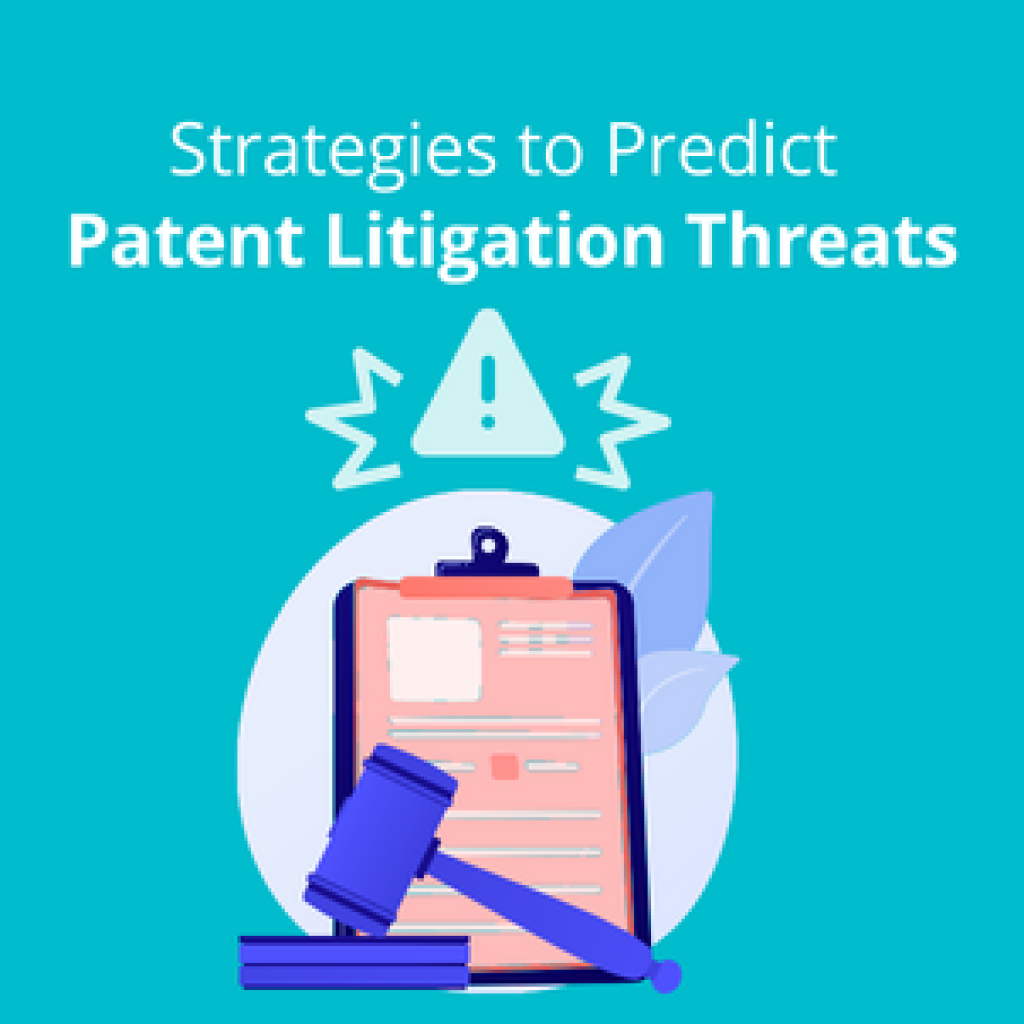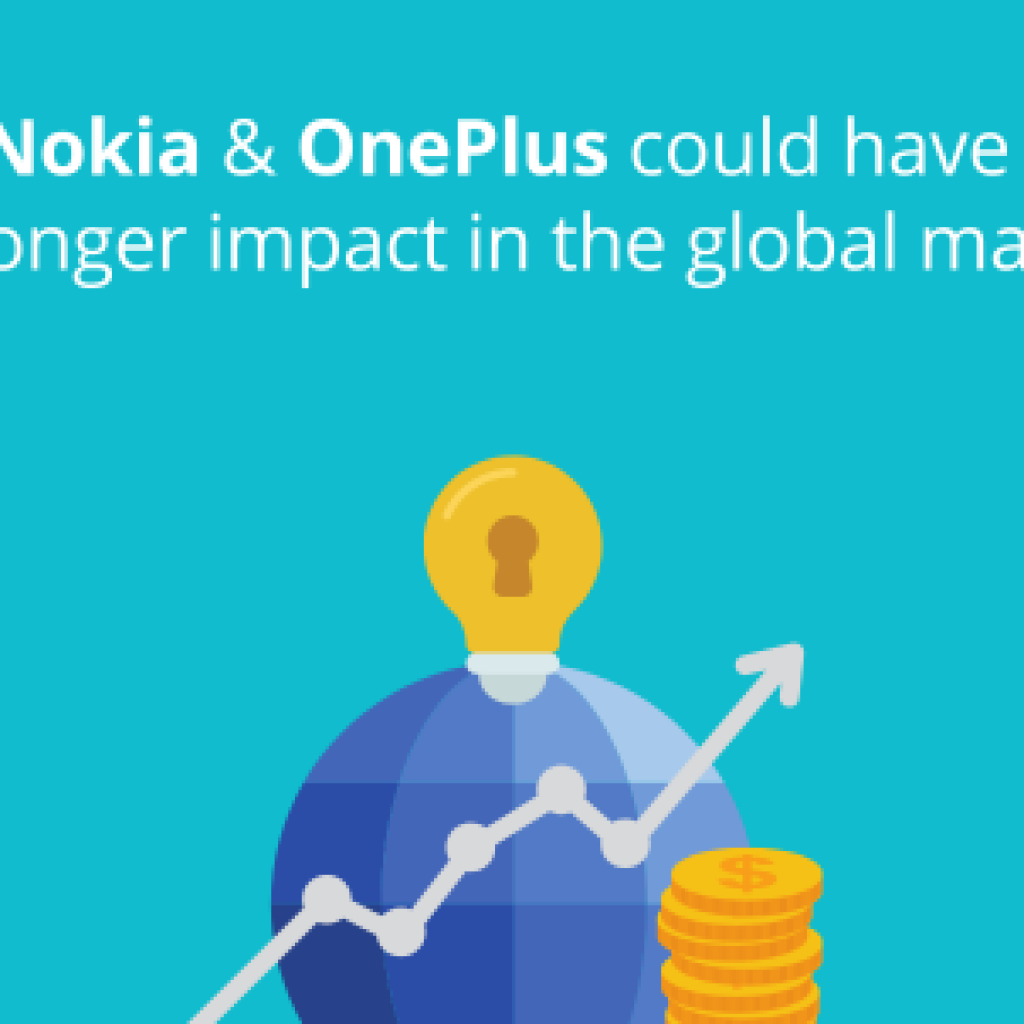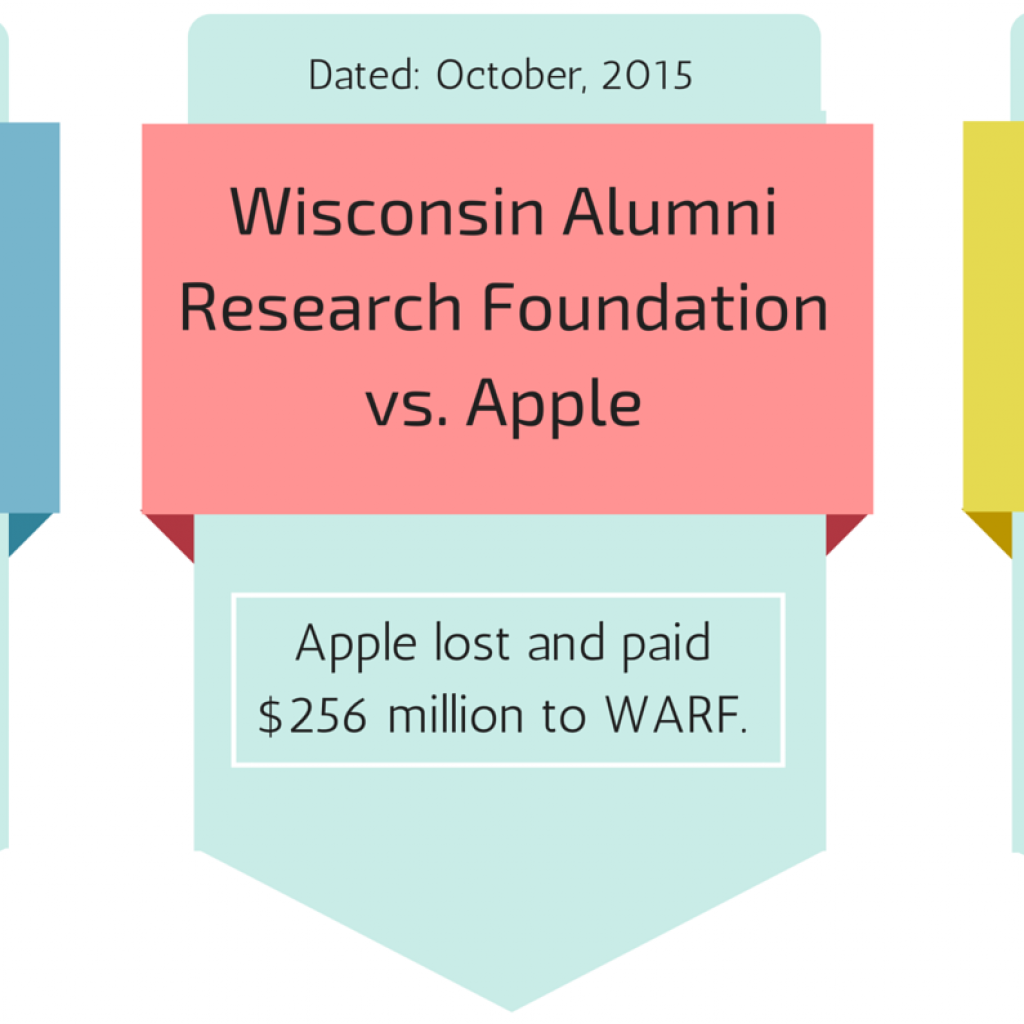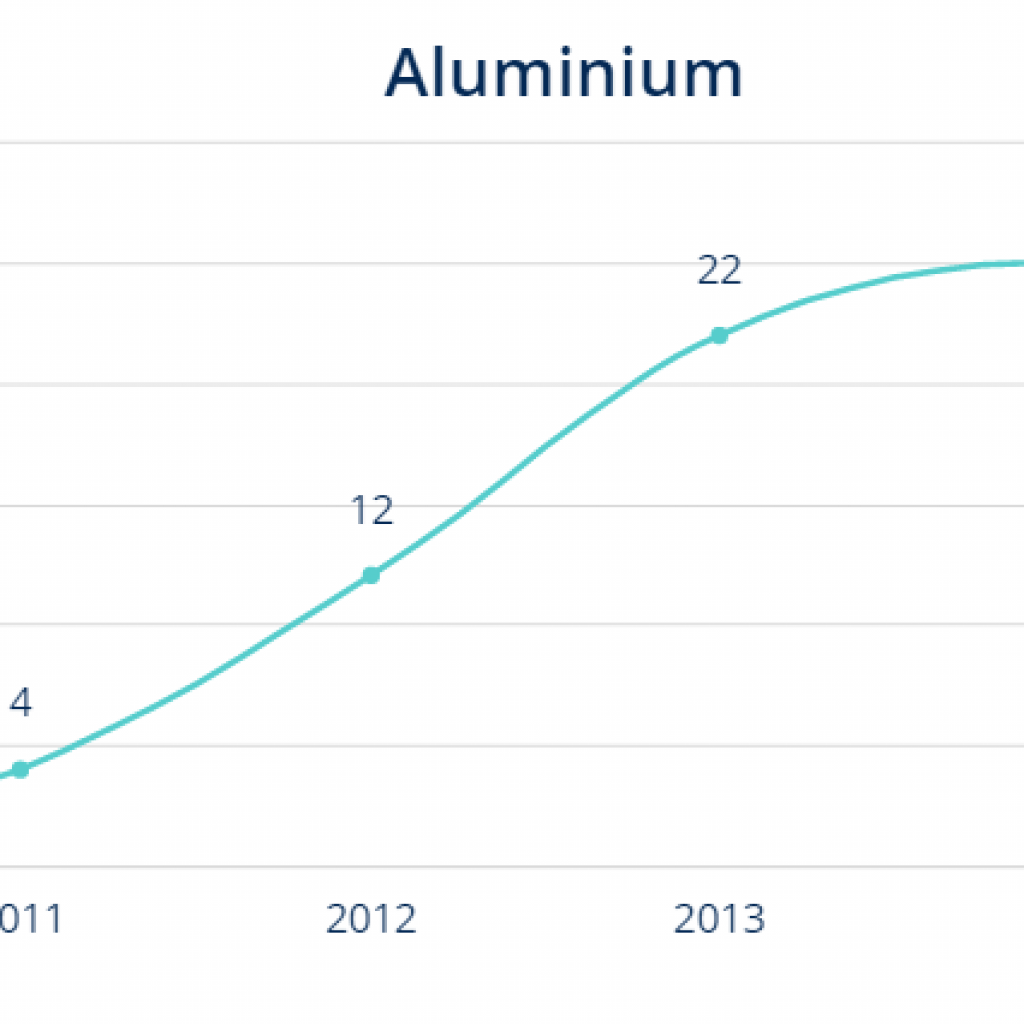To stay operational in times like this — when the Coronavirus epidemic is forcing offices to stay shut — is a challenge of unprecedented magnitude for all firms, big or small.
“We are in this together” is one of the widely circulating messages. Though it is true that we are in this situation together, we differ a lot in our approaches to deal with it. Where some firms have made quick and innovative changes to their processes and are tackling the challenge well, others are struggling with basic issues like inter-team communication and file sharing.
One thing this painful transition has made clear though is that adopting the right technology can make companies more immune to adverse external developments.
We are often slow in embracing the latest aids technology offers us to help with our businesses. And the rationalizations we come up with should sound familiar to –
* I can’t work remotely as it hampers my productivity.
* I don’t trust this software. The confidentiality clause is a myth.
* How am I supposed to use my phone for tasks like documentation?
* How can I trust a computer to do what my brain needs?
In the time of the recent urgency, however, we had no choice but to resolve these issues and get on to work with whatever tools were available to us. We also realized that it is not as bad as we thought it to be!
As a consequence, we have got a new wave in the industry that we always (secretly) wished for.
Legal teams have also started adopting and accepting ‘more for less’ mantra now. With a promise to slash costs up to 30% and thus reduce the legal spend efficiently, Legal Tech is the new synonym for speed and efficiency.
“For the first time, everyday tasks—such as analyzing or reviewing contracts and researching legal issues for case law and regulatory insights—are increasingly becoming automated, at least in stages.”
– Lucy Bassli, former Assistant General Counsel at Microsoft and Chief Legal Strategist at LawGeex
What is Legal Tech?
Legal tech is a solution that compasses multiple software and technologies within it, using which helps streamline legal processes for in-house counsels and law firms. Legal tech can be used to simplify operations, optimize the management of knowledge and information within the firm.
One can streamline document management, billing, and accounting, acquire more clients and serve current clients better by providing legal services more efficiently. Moreover, the software can be customized to suit the needs of a specific profession. Certain technologies like AI and blockchain also fall under legal tech and they are expected to advance the legal space.
If you’re handling a legal team, you might be having a lot of questions, including:
- How can you make your team collaboration smooth with these tools?
- Are they really improving the efficiency on a broader scale?
And more.
We understand your problems and to aid you, we put together a list of 12 most asked questions, along with answers, that cover almost every dilemma counsels face when it comes to technology in the legal space.
This is a long exhaustive questionnaire and we have mentioned the technology solutions along with the problems. There are also many statements by leaders of the legal domain and solutions adopted by the Fortune 500 companies. If you feel that you need this later as a resource, fill out this little form and save it.
1. How are these tools relevant to me?
This can be better answered in the words of Google Legal Director, Ted Lazarus:
“I think we’re seeing that the power of technology to connect people—in particular, the ability to create a cross-functional dialogue—is transforming the in-house legal function. It is more closely integrating lawyers into the day-to-day operations of the businesses they support.”
– Ted Lazarus, Google Legal Director
2. Why should I adopt legal tech?
Remember having a conversation with your fellow colleague that started with –
‘Hi, John! Can you send me that document related to XYZ? Sorry to bother you so late.’
Don’t worry. You would not be bothering anybody now and timing won’t be an issue anymore. Because this system is LIVE for 24 hours and companies like ADM and Yahoo are already using it.
Cloud computing makes this all possible. It is also said to be the most disruptive LegalTech application area so far. This is because of the easy access and advanced security it offers. The most important concern for law firms today is data security and the only way to ensure it is to advance security standards.
Bloomberg’s recent report highlighting tax season and COVID-19 puts more emphasis on the fact that this is going to be the peak season for a data breach (as more employees are working from home now). Also, according to a survey conducted by the American Bar Association in 2019, 26% of respondents mentioned that a security breach has happened in their firm. A number that has risen by 12% in three years.
The part of this survey that caught my attention was that one-fifth of the respondents were not aware that they encountered such an issue (not a surprising fact though).
Since numbers speak for themselves, it becomes very important that we nurture the idea of knowledge management and online security now more than ever.
3. What is the urgency for knowledge management?
Have you heard about the ‘After action review’ used by the U.S military?
For the uninitiated and in the words of a commander, “it is a state of mind where everybody is continuously assessing themselves, their units, and their organizations and asking how they can improve.”
If I explain this practice, all members are supposed to meet almost immediately after an event to review their assignments, identify success/failure points, and improve on them before the next one.
The questions that they discuss include,
- What did we set out to do?
- What actually happened?
- Why did it happen?
- What are we going to do next time?
The army chief also never exempts from these activities because they form the basis of a strong foundation. And, it is the best way for him to transfer his experience to the young battalion.
In business, we now have knowledge management which helps in saving and then transferring these experiences even if the good chief leaves the organization.
Knowledge Management has become more about finding experts than finding documents.
One example of this is ikaun’s platform. Law firms are using it to build an internal knowledge repository powered by AI. With such a system in place, people can get most of their queries answered by the AI. This can help them build proposals faster because they don’t have to go on a scavenger hunt to gather the necessary information.

Fig. A snapshot of the ikaun’s platform (source)
Another example is Element AI’s Document Intelligence platform, which can be used to extract important elements from a large repository of documents. Such systems can help you give structure to raw data. Not only can it help you save time when preparing reports, but it can also enable you to look at those aspects of your work that remain hidden and scattered within document thickets.

Fig. A snapshot of the Element AI’s Document Intelligence platform (source)
4. Can I integrate Knowledge Management in the current process?
Do an online search for ‘enterprise knowledge management tools’ and you will get a ton of options.
Most of them, however, will start as a blank slate and expect you to add knowledge to them. This, of course, would be an additional item on your already full calendar.
Ideally, knowledge should accumulate as a by-product of organizational activity. For this, it is important to pick a platform that causes as minimum change in your workflow as possible.
Our product team has recently worked on one such integration. Do you use Salesforce? If yes, this section is specifically for you. If not, you might still want to read how you can leverage the power of existing tools in your system.
For someone managing the patent portfolio of their organization, decisions based on data signals in the portfolio plays a major role in deciding their next course of actions.
These actions could be building, selling, and licensing patent portfolios or it could be tracking assignments, office actions, and similar signals. These signals are crucial in building and managing a profitable patent portfolio. But, when these signals are not managed properly, they can become noise.
How to avoid this?
While there are many multitool platforms available to use, they take away the whole advantage behind having a generalized system.
Our product development team helped a client solve this problem by integrating the portfolio with the existing salesforce CRM that they were using.
Here’s how Salesforce CRM can help you eliminate the extra noise from your patent portfolio?
5. Does this really reduce any time?
The number of hours that in-house lawyers devote to their firms is difficult to count on fingers. Imagine these man-hours being invested in your monetization strategies instead.
We often find the most crucial processes waiting patiently for implementation in emails and spreadsheets. If we actually bring them from spreadsheets to dashboards, it’ll lead you to insights that you otherwise might have ignored.
And, imagine a situation where all your data is shifted to dashboards and you don’t have to depend on excel anymore?
The implementation of this small step can enhance your overall workflows.
Here’s an example- Are you using spreadsheets to manage your patent portfolio?
If you are looking for a system to pitch better data to the CFO which in turn would help you get more budget approved, this might be the perfect article for you. The most mind-boggling aspect of the article is the use of spreadsheets to manage a patent portfolio and its drastic effects. This might be a very straightforward statement but the facts are all here –
According to research conducted by F1F9 (which is a modelling firm),
- 17% of large businesses have suffered financial loss due to poor spreadsheets.
- 57% of large businesses say bad spreadsheets have caused wasted time.
- 33% of large businesses report poor decision making due to spreadsheet problems.
I am sure that you don’t want to be in any of these categories.
6. Does it help me in communicating better with the C-suite?
If you are responsible for managing/growing a portfolio, your C-suite might have most definitely asked you the following questions? (If not, these questions are on their way, trust me)
- How is our patent portfolio distributed among various technologies within our industry?
- Is the portfolio aligned with our business goals? [ If not, how do we align it? ]
- Can you align our patent portfolio with our business strategies?
- Which are our most valuable patents?
- Which patents are overhead costs?
- Can you suggest steps to monetize the patent portfolio?

And, imagine having this representation to answer all these questions:
Source: In-depth view of clusters in your patent portfolio
You might be using excel/ other tools which might be consuming more time to answer the same questions.
If you think about it, Excel is a really poor choice as the primary information-handling tool for managing a patent portfolio. To draw an analogy, a prong might sometimes be used as a pair of pliers but it won’t be as effective. In some cases, it would be totally useless.
Excel is for tabular data. A patent portfolio is not tabular data. You can force some of it to look like tabular data, but you and I both know that in its natural form, it is not.
Within a patent portfolio, patents have complex relationships with other patents in the form of patent families and citations. These relationships are best represented through network graphs. Many patent fields, like claims and patent classes, have hierarchical structures, best represented as trees. The ownership history of a patent is best represented as a timeline. Each patent also has multiple pages of text.
Making the matters worse is that many of these fields, like citations, ownership, legal status, remaining life, and family change over time. One way to think about this is that all the Excel files you have on your computer are getting outdated, one day at a time.
By treating a patent portfolio as a ledger, you cannot get the best out of it, nor can you interpret or visualize it accurately.
What you need is a system that treats a patent portfolio as a patent portfolio. Such a system will always stay up-to-date. It will pull all new data from the patent offices and thus give you metrics that never go stale. Such a system will allow you to visualize your portfolio and its evolution accurately and intuitively. It will allow you to segregate your patents into meaningful categories or compare your portfolio with others’. Above all, it will allow you to make good decisions, and take them confidently, and help you explain them effectively and clearly with appropriate metrics and visualizations.
There are multiple factors that are considered when deciding whether to keep a patent, monetize it, or abandon it. And when you’re working with sheets, you have to translate these factors into filters.
This whole process looks like you’re searching for something in a dark room using a narrow-focused flashlight. It can help you navigate but can’t show you the whole picture, limiting your ability to explore.
7. Will it help me build trust with the CFO?
What if I tell you that there’s a way through legal tech which can help you build trust with the CFO?
Have a look.
- FIT – Filing Impediment Tracker – Keeping a track on patent applications is tough when you deal with a big patent portfolio and that lack of clarity about which applications are stuck in a rejection-response loop and which applications have reached a dead end, can take a toll on your time and budget.
FIT helps you break that rejection-response loop and get rid of the hiccups clogging your prosecution pipeline.
- The members of review boards need the power to see how your company’s portfolio is evolving over the years, which technology areas are going strong, and where the company needs to invest more. Picture a dynamic view having all this information right on your fingertips.
This article might depict a better picture to you – Are you effectively monitoring your Patent budget and its ROI?
8. I have tools for my personal use, why do I need it for the whole team?
Here’s an interview by the GC Magazine–
GC: What has been the most significant use of technology that you have adopted in performing your legal function?
Ted Lazarus(Google’s legal director): Without a question, the ability to work collaboratively on documents, presentations, and spreadsheets using cloud-based Google applications has transformed the way we do our jobs. Teams of lawyers exchanging ideas in real-time, both with each other and with other functions, ensure that all points of view are heard and maximize efficiency.
Kerry Phillip(Vodafone Global Enterprise’s legal director): At Vodafone, we are adopting contract lifecycle management technologies to speed up contracting and give access to the wealth of data contained in our contracts. This allows the business to begin the process and only brings lawyers into the fold when the contract is new or different. It has freed up our lawyers to work on much more creative and higher value-add matters.
When everyone is using the tools of their choice, the following problems may come up:
- Information scattered in many different places
- Heterogeneous formats
- Loss of information when people leave
- Friction in communication and collaboration
9. Does it impact/enhance my career?
This is a definite… yes. I mean, you might want to re-create your resume for 202x.
According to Jamy J. Sullivan, JD, Executive Director of Rober Half Legal,
“The ability to effectively leverage technology to enhance client service and reduce operational costs is a threshold requirement for legal professionals today,”
“They need to demonstrate proficiency with tech-driven software and online programs to manage web-based meetings and collaboration, case management and trial preparation, billing and time management, and more.”
You are no less than a brand.
The enthusiasm you are going to invest in making that tiring part of the workflow faster will directly impact your portfolio.
- Imagine being that counsel who knew the impact of automation but never had enough time to look for amazing tools around.
- Or imagine being that counsel who literally checked multiple tools but didn’t have the appropriate proof to bring such a big change.
- Or imagine being that counsel who was this close to adopting a new method/tool and then got interrupted by a budget constraint.
No, you don’t need to be any of them.
You can obviously be the counsel who looks up at his surroundings for a change. The one who pursues technology like a new way to enhance the hidden potential of his team. The one who looks forward to level-up all the processes around. The one who gives an extra push to the C-suit so that they can look beyond a particular budget.
It doesn’t happen overnight and definitely requires facts to support every single line you say in front of your CFO.
The best part is that it has its way through tech.
“Legal tools are a source of millions of data points”
– Molly Perry, the chief operating officer for the Office of the General Counsel at HPE
10. How can I see the immediate impact of data analytics?
“I do think we are unique in that we have data analysis, scientists and modelers embedded in the legal department.”
-Bob Taylor, vice president and senior corporate counsel for legal ideation and transformation at Liberty Mutual
They use data analytics to:
- Choose a law firm based on the matter in hand for certain jurisdictions.
- Analyzing the type of verdicts that they might be receiving by looking at all the characteristics of the case.
- Trying to draw conclusions if this motion will be successful in front of this particular judge.
And, what better way to tell the importance of playing with data than showing you a relatable example.
This is a dashboard on Competitive Intelligence AI.
Visit this link, enter a technology domain, and look at all the answers you get on a single interface without wasting your time and energy.
11. Will this help us while we are dealing with our most critical litigation?
“We can use these tools to instantaneously gather critical information that shapes the case. Is this a case to settle? What is the judge like? What is the venue like?”
– Matthew Kennedy, corporate counsel, litigation at Liberty Mutual
“If the attorney is a top expert and has written extensively on a topic, he or she might be a formidable opponent. For the litigation group and litigation attorneys, it is a critical tool,”
“You can drill down to that judge and find out how many cases like this has the judge had, which can influence the motion when you draft in front of that judge, and is he an expert?”
– Damon Hart, Liberty Mutual senior vice president and deputy general counsel for litigation
12. Does it enhance client relationships?
Chris Fowler, BT’s GC for UK commercial legal services, says that his team has been successful in eliminating all the extra noise which also helps them focus on crucial aspects of work. This was possible because of an online team management tool that they use. This tool allows them to upload files, add live comments, create tags, and also access anything in real-time. This type of centralized platform saves you from sending a hundred emails to know about an update. (It might be consuming a huge part of your day without your realizing it)
The times are changing for legal departments all over the world. This makes it compulsory for in-house counsels or general counsels to act as business units. The increasing expectations to act strategically might sometimes be tiring. I understand.
You might think ‘I have to use this data to automate that part of the workflow’ and then it gets delayed for years. The fault is not yours. You need the right resources and tools to fight this. Grab some inspiration from departments who didn’t back out in implementing these systems, using them for 18-19 months and finally letting us all learn through their experiences.
“We really focused on a system that provided more of the back-end and the analytics that we needed,”
– Enterprise Legal Management system
“that actually allowed for creating common processes and automation.”
– Lauren Giammona, Director of Operations, Business Affairs & Legal at PayPal
“We have seen exceptional process improvement for our client communications, reporting metrics, and speed in which we can turn around contracts.”
– Libby Troughton, Senior Manager, Legal IT at The Home Depot.
Just to end it on a lighter note, here’s me trying to be a little funny (and also hinting towards a wake-up call).

No, this is not a conclusion. I invite you to enter some of the questions that have nagged you regarding adopting the technology. And, they are more nuanced than ‘how can technology help me’? These are bigger than realizing a sound future with technology adoption and becoming the best counsel in this world through innovation. These are little details that people usually miss. We will try our best to get you the answers from our inner circle in the IP world (we have an experienced group of attorneys and counsels from the most premium law firms and Fortune 500 organizations around the globe).
Please enter them in the comments section below so we can tag you and make this piece more exhaustive.
Authored by: Kanika Sharma, Market research in collaboration with Mahesh Maan, Team Lead, Data Science Team.










